From White Cube to Industrial Ruins: How My Glasgow Journey Reshaped My Curatorial Spatial Logic?
Insights from Glasgow: Spatial Division as a Curatorial Language
During my field research in Glasgow, the exhibition designs at the “Hunterian Art Gallery”, “Tramway”, and “GOMA” prompted me to rethink the politics of spatial division. These curatorial strategies directly influenced my bar-and-basement project:
- The Layered Narrative of the Hunterian Art Gallery
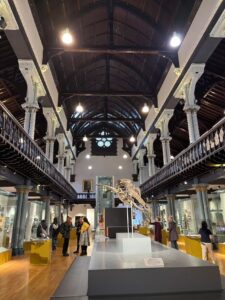
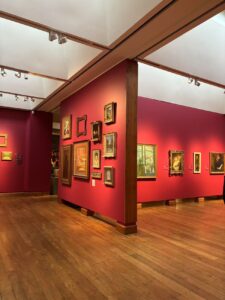
The Spatial Logic of the Jarman Exhibition:
The basement gallery, with its claustrophobic linear layout, forces visitors to navigate Jarman’s intimate filmic world chronologically, creating a tension between the constricted lower space and the open-plan sculpture hall above.
My Critical Adaptation:
> “This hierarchical power structure will be dismantled—in my exhibition, the visitor’s movement will be circular rather than linear, allowing any point to become a narrative entry.”
- Tramway’s Industrial Space and the Aesthetics of the Unfinished
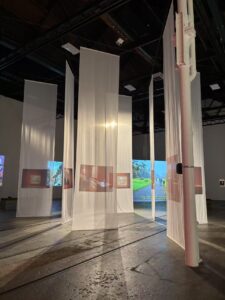
Maud Sulter’s ‘Unfinished’ Aesthetic:
Exposed concrete walls and unsealed pipelines deliberately preserve the raw remnants of the former factory, compelling the audience to engage with Black female identity narratives amidst industrial ruins.
Dialogue with My Bar Design:
> “Tramway’s ‘unfinished aesthetics’ inspired me to retain traces of consumption in my bar (such as alcohol-stained tables and worn-out coasters), transforming the space into an archaeological site of power struggles.”
- Critiquing Spatial Division: From GOMA to My Exhibition
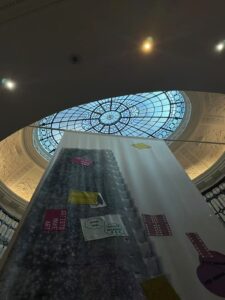
Inspired by GOMA, I reconstructed the spatial politics of my bar and basement exhibition:
The Bar: A Playground of Power Structures
‘Curatorial Roulette’ Installation:
Inspired by GOMA’s modular exhibition walls, I designed a rotating bar area that shifts themes every hour:
- Red Zone: Displays surveillance-style footage of intimate conflicts (e.g., couples sitting in tense silence).
- Blue Zone: Projects visitor-submitted keywords for “ideal relationships,” with typography distorted in proportion to alcohol consumption.
> “Claire Bishop argues that ‘the rules of participatory art are inherently violent.’ My roulette game aestheticizes this violence—visitors, under the influence, become both enforcers and victims of these shifting rules.”
Critical Spatial Practice: From Glasgow to My Exhibition
Building on my field observations, I restructured the spatial logic of my bar and basement project:
The Bar: A Liquid Theater of Power—Zonal Design:
| Zone | Function | Glasgow Reference |
| Sandpaper Table | Tactile power experiment (see Week 6) | Tramway’s raw materiality |
| Thermal Projection Bar | Temperature-activated intimacy narratives | GOMA’s digital interaction screens |
| Alcohol Data Incineration Station | Real-time burning of audience-submitted keywords | Hunterian’s closed archive system |
Challenges and Solutions:
> “The bar’s consumerist nature might dilute its critical stance. To counter this, I designed the drink menu as an ‘ethical contract’—purchasing a ‘Klimt’s Gold’ requires signing an agreement allowing anonymous use of one’s consumption data for projection mapping.”
“Glasgow taught me that space is not a neutral container but a congealed grammar of power. When a visitor pushes a chair in bar , they are not merely engaging with intimacy—they are enacting an eternal negotiation between freedom and control.”
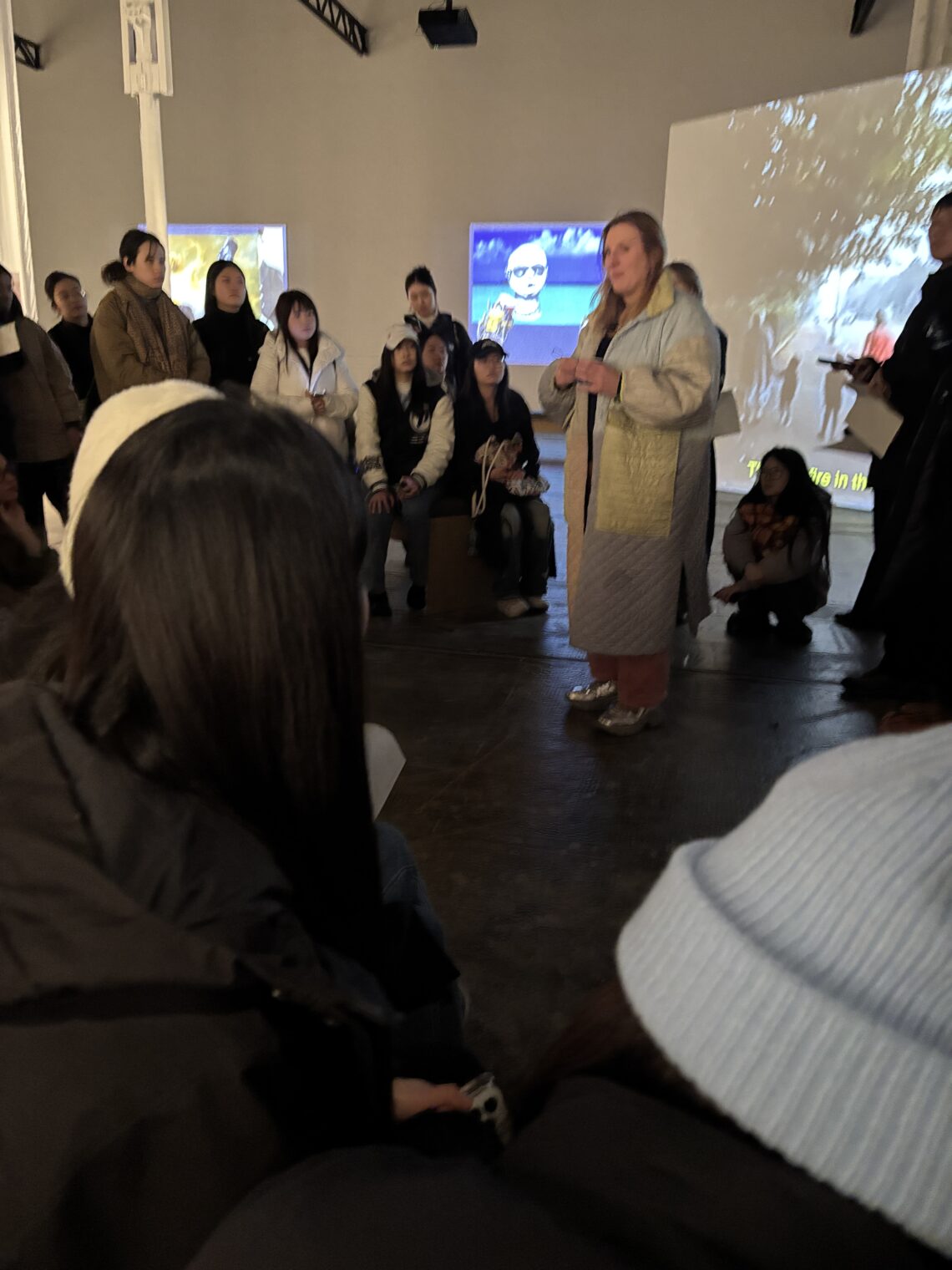


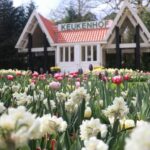
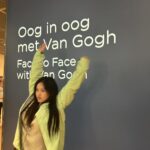

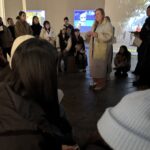



Learn German
19 March 2025 — 07:48
I love how you’re rethinking hierarchical structures in curatorial spaces. The shift from linear to circular movement seems like a subtle yet powerful way to democratize the visitor’s experience.
s2721851
20 April 2025 — 00:36
Yes, because my initial idea was to hope that this curatorial project of mine could be unrestricted or have no set ending. I hoped that the participation of the audience could become a part of my exhibition, and I was even more looking forward to the behavior of the participants during this process. This is the key part of the exhibition I set. Thank you for your comment!